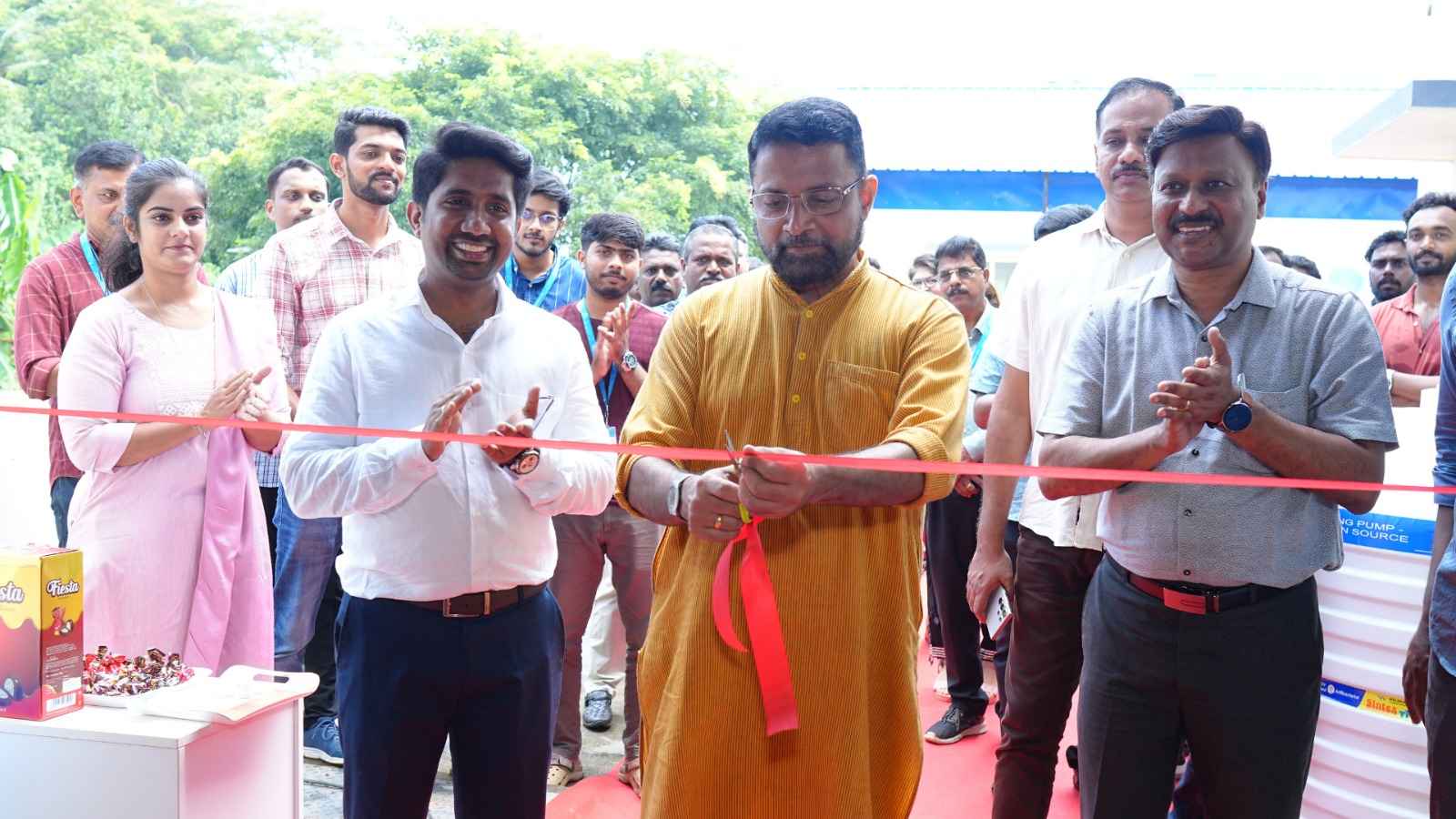Plant's design technology aligns with Park's ESG vision: CEO Col (Retd) Sanjeev Nair
Thiruvananthapuram, June 28: Technopark today commissioned a new Sewage Treatment Plant (STP) with advanced automation technology, keeping in line with its commitment to eco-friendly practices.Technopark CEO Col. Sanjeev Nair (Retd) inaugurated the 750 KLD Membrane Bio-Reactor (MBR) based STO at the Phase-3- 3 campus.
“The commissioning of the STP reinforces Technopark’s commitment to ESG principles, aligning environmental performance with smart utility infrastructure and sustainable ecosystem,” said Col. Sanjeev Nair (Retd). As part of its long-term vision, Technopark is actively working towards enabling complete potable-grade reuse of treated water through advanced polishing and disinfection stages, he said.
The STP utilizes MBR systems, which combine biological treatment with advanced membrane filtration. This technology produces high-quality effluent suitable for reuse, requires a smaller footprint than conventional plants, and offers better process control and consistency. The newly installed STP can treat 7.50 lakhs litres of sewage water per day and the treated water meets advanced reuse standards.
Designed in-house, the plant is part of Technopark’s broader commitment to sustainability, digital transformation, and circular water use. The system is fully automated with a PLC-SCADA platform that integrates online monitoring and feedback-based control for efficient and reliable operations.
“The new STP represents a significant upgrade in the Park’s infrastructure, leveraging modern technology to ensure efficient and sustainable wastewater management. The integration of IoT and automation in the STP ensures that wastewater treatment is efficient and reliable”, said Madhavan Praveen, General Manager-Projects , Technopark. The new STP supports Technopark’s broader environmental goals by enabling treated water reuse, reducing dependence on freshwater sources, and minimizing the ecological footprint of the campus.

